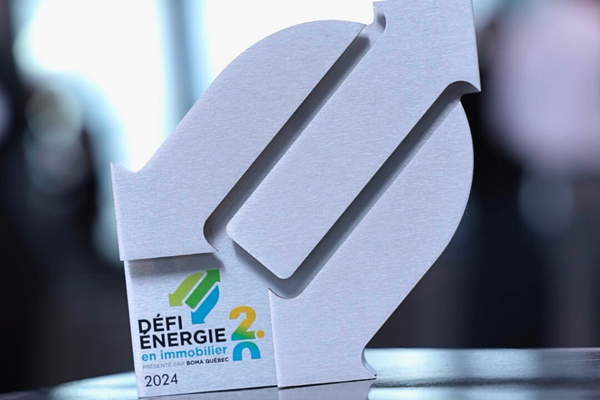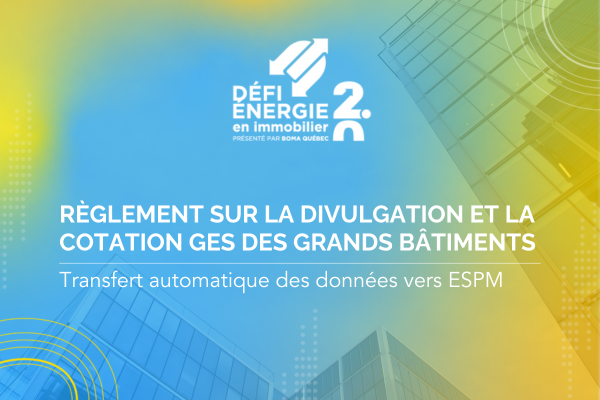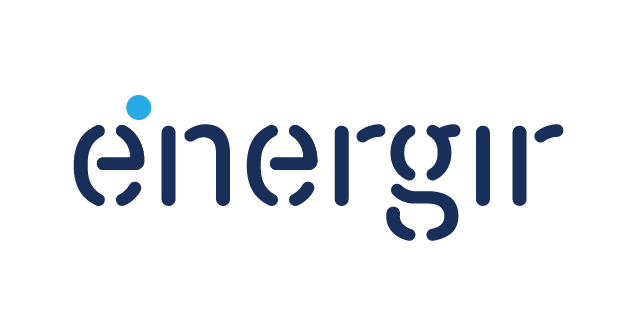An article from the Building Energy Challenge Technical Committee
Are you about to renew your service contract for building automation systems? Don’t simply renew it automatically. Now’s the perfect time to sit down with your provider, redefine your organizational expectations and evaluate the relevance of the various services offered.
 No need to be a building automation expert to negotiate this type of contract. It’s the service provider’s role to understand your needs and to submit a proposal written in plain language, a proposal that includes energy performance indicators and monitoring so that you can easily assess the value of the service offered. Your connection with a building automation systems provider must be more than merely transactional. You must clearly state your issues and expectations, your needs and the resources you have at your disposal. The contract should, of course, include basic services: emergency service, replacing parts or equipment, maintenance and calibration of equipment (frequency, nature and timetable of the tasks carried out), the qualifications of the technicians, a list of equipment requiring maintenance, etc. These aspects are the ABCs of the contract.
No need to be a building automation expert to negotiate this type of contract. It’s the service provider’s role to understand your needs and to submit a proposal written in plain language, a proposal that includes energy performance indicators and monitoring so that you can easily assess the value of the service offered. Your connection with a building automation systems provider must be more than merely transactional. You must clearly state your issues and expectations, your needs and the resources you have at your disposal. The contract should, of course, include basic services: emergency service, replacing parts or equipment, maintenance and calibration of equipment (frequency, nature and timetable of the tasks carried out), the qualifications of the technicians, a list of equipment requiring maintenance, etc. These aspects are the ABCs of the contract.
You can go further, however. Your provider should also be a partner in terms of building operations. He is able to program and optimize your building control systems in order to improve the performance of your electrical and mechanical equipment.
- Is the indoor temperature in your building comfortable?
- Are system alarms going off too often for no good reason?
- Are your systems unnecessarily turning on heating or cooling cycles? Have the control loop parameters been adequately defined?
- Do you have a copy of control sequences on hand so that you understand how they function?
- Are your hours of operation adjusted to building occupancy patterns?
- Do you have any energy efficiency projects underway? Does your provider proactively suggest energy efficiency measures? He should, as he has his eye on all the component elements of your building.
- Do you keep a log of all system interventions and changes?
- Are the system components or the system itself outworn or no longer up to date?
These are the sorts of questions that will generate a conversation with your service provider/partner.
The answers to these questions will serve as the basis for drafting an annual action plan that will lead to energy savings. Implementation of the action plan, as well as follow-up on results, should be part of the contract.
Don’t be shy in insisting that your service provider clearly explain the value added for each item in the contract, so that you can determine if it does or does not meet the needs of your organization.
To help you out, here are a few suggestions for drafting a contract with a provider of building automation services:
- Insist on a log or record of calibration of sensors recording temperature, humidity and CO2. It will provide the last date of sensor calibration and will help better define your needs.
- Include calibration and replacement of sensors in the service contract. We recommend calibrating temperature sensors every 2 years, humidity and CO2 and outdoor sensors every year.
- Establish indicators for monitoring the performance of terminal controllers that control equipments like VAV boxes and perimeter heating. They play a critical role in the energy consumption of your building(s) and the comfort of building occupants.
- Include any other indicators pertinent to your organization. For example, minimize complaints about indoor temperature, alarms from the automation system and the number of leaky valves, and ensure that the energy intensity of your facilities is closely monitored.
These steps will provide you with a better understanding of just what your service provider does in your building(s) and will allow you to better establish priorities or, if necessary, to take corrective action. Keep in mind that every item negotiated in a contract must have clearly defined deliverables or must be readily measureable or quantified so as to facilitate monitoring and follow-up.
Energy efficiency, reducing greenhouse gas emissions and making improvements over the long term are all part of building automation systems.
See to it! With a good partner, it is not merely an expense but a substantial gain and a solid basis for the future.








